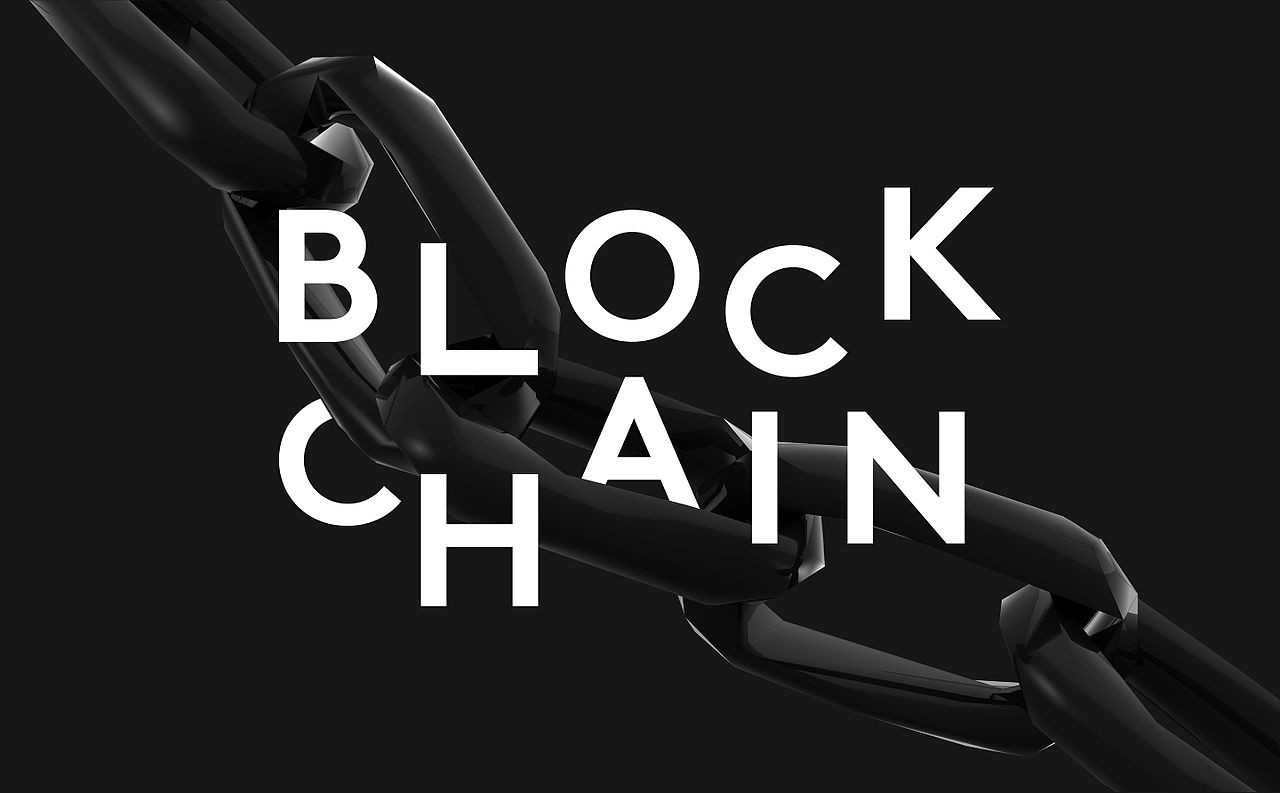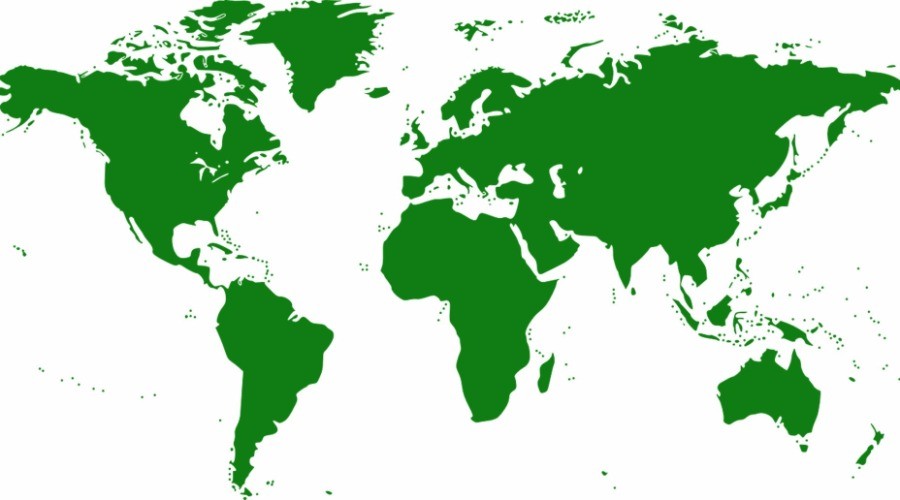Saving the planet with blockchain
How can blockchain, the technology behind bitcoin, help solve environmental problems?
We can’t claim to fully understand it, but Bitcoin, that decentralised digital currency, has been touted as one of the biggest potential solutions to increasing transparency and reducing corruption in finance. Launched after the 2008 recession as a way to trade without banks, this technological shift is already undermining the role of banks and governments in setting up a reliable financial system. It’s built on the premise of anonymity, accountability and hence trust.
A technology called Blockchain is the reason why Bitcoin transactions are secure. Blockchain functions as a digital ledger recording all financial transactions without fail. Blockchain works by assigning every new piece of information, such as a financial transaction, a unique signature. Any change or manipulation in the record will alter the signature – thus revealing the attempt that took place. Now we hear that it could also help us save the planet.
Published in the journal Nature, conservation biologist Guillaume Chapron suggested that a similar mechanism could help pinpoint the source and extent of countless environmental problems.

Image courtesy Wikimedia Commons CC BY-SA 4.0
So how exactly can blockchain save the planet? In a circular, dependent economy where everything is derived from everything else, it becomes difficult to pinpoint the source of resource contamination or waste dumping, or to understand where exactly the externalisation of costs is taking place. Blockchain can change all that, and bring in the necessary accountability and crypto-governance for all transactions requiring natural resources – from extraction to production to consumption.
It will become impossible to lie about where companies are dumping their wastes, or to alter land records to enable logging, or to ensure middlemen aren’t eating most of the profits from indigenous handicrafts, for instance. Food wastage can be understood, and the causes and locations of where food is being wasted along the supply chain can be identified. Sounds revolutionary, right?
According to Chapron, the technology could help transform our prevailing systems of ownership, traceability, incentives and policy-making.
Cover: Image courtesy Pixabay.com
